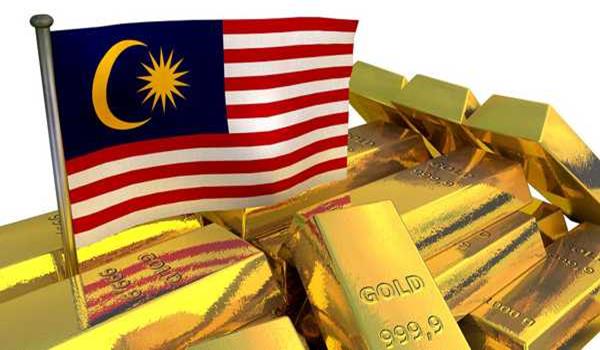Malaysia has run some of Asia’s largest current account surpluses since 1997 – 11% of GDP, on average – and those surpluses have wiped its overall liabilities clean, said Singapore’s DBS Bank in a research report published today.
“Today, Malaysia holds as many claims on foreigners as foreigners hold on it. True external ‘debt’ is zero, or very nearly so,” it wrote in its report titled “Triangulating Asian Angst: the US, China and the 97 question”.
“Malaysia’s numbers are interesting and show how external debt statistics can mislead.
“Just as an individual may have a large automobile debt that is offset by the ownership of 4-5 houses, a country may have a large foreign debt that is offset by ownership of other foreign assets (eg companies, stocks, US Treasury holdings).”
In explaining the analogy, DBS Bank wrote: “An individual may owe a lot on her car but have a high ‘net-worth’ because she owns four houses. Similarly, a country can have a high external debt that is offset by other foreign assets, leaving a large ‘net international investment position’ as the IMF prefers to call it.”
Explaining how sentiment has overlooked facts, the research report added: “The US? It’s in hock to foreigners to the tune of 45% of a year’s GDP. That’s more than any country in the Asia-10, save for Indonesia.”
Drawing comparisons to the 1997 Asian crisis, the DBS Bank research reported said “the cycle is clear: for the past four years Asia’s economies, including China’s, have been backing away from the edge, not accelerating towards it.
“Risks remain, but the odds of 1997-style implosion are lower than they were four years ago, not higher. Much of this owes to China’s intentional decision four years ago to sharply cut growth targets and start focusing on structural reform and ‘quality’ over ‘quantity’.”
The DBS Bank research report also said that the current stock market and currency value turmoil is an illusion and does not reflect the true Asian economy.
“Consumption (retail sales) continues to grow at a 12%-13% pace and, with inflation down by two percentage points in two years, it may have accelerated in real terms.
“Exports have crashed in US dollar terms – as they have throughout Asia. But that’s a revaluation effect from the strong dollar, not a real drop.
“Measured against a simple basket of dollars, euros and yen – the only way that makes sense given the soaring dollar – China’s exports continue to grow at the same 10% pace they have since early-2011.”
The DBS Bank report added: “Real wages? They continue to grow at an 8% year-on-year pace. That’s down from the 10% pace of 2009-2011 but it’s consistent with today’s slower GDP growth and hardly suggests crisis.”
Specifically on currency value falls in recent months, the research report said: “But most Asian currencies aren’t down against anything but the US dollar.
“When the euro plunged and the yen plunged, Asia’s currencies did precisely what you would want them to do: they swam down the middle – they fell against the dollar, to be sure, but they rose against the euro and yen.”
It noted that “swimming down the middle” kept Asia’s currencies stable when dollar-euro and dollar-yen ran all over the road.
Focusing on four currencies – the ringgit, baht, rupiah and South Korean won – the research report said back in 1997, these currencies lost more than 50% of their value against the US dollar.
“Over the past year, their purported ‘thrashing’ has put them down by 15%. Is 15% a lot? Not when the US dollar has risen by 20% against both the euro and yen on the same time frame.

“Instead of plunging like the papers would have you think, they’ve run a little north and a little south. Today, they’re just about where they were 14 months ago. Asia’s Crisis-4 currencies aren’t in the slightest bit of crisis. The others? Even less so.”






